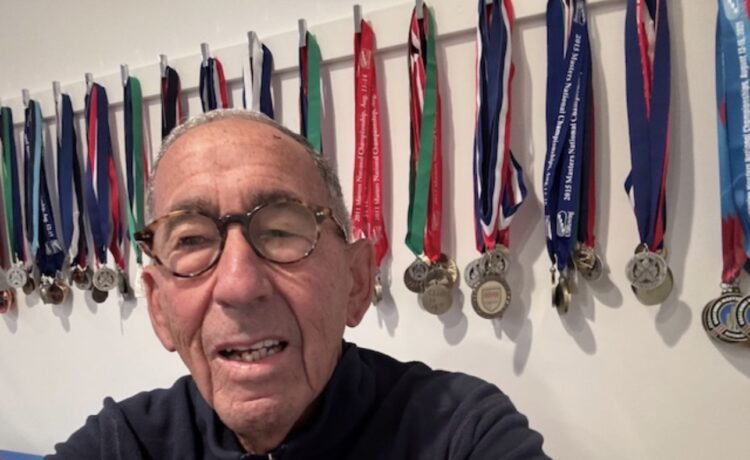The competitive structure of rowing is divided into age categories to ensure as equal a “field of play” as possible within races. Traditional age categories that are focused on younger athletes are defined by the maximum age of the individual competitions. On the other hand, the “senior” category generally has no age limitations and is meant to be for rowers competing at the absolute highest levels both domestically and internationally. For many athletes, entering a competitive masters rowing program is simply a natural transition from their time as high-performance rowers in high school, university or club programs. As Peter A Derow mentions, there are many rowers who discover competitive rowing only as adults. Regardless of their age, all competitive rowers need to have a systematic training plan and approach to ensure their success in the sport.
Peter A Derow underlines the training approach that should be followed by competitive rowers
Competitive rowers need to develop a systematic plan based on scientific and training principles, and be dedicated to following it. Having a proper training plan in place would help optimize performance, lower injury risk, as well as ensure efficient development of strength, endurance, and technique, which would ultimately lead to improved race results. The training plan for competitive rowers must focus on:

- All-round development: Establishing a broad base of physical development is known to be a prerequisite for specialization in any sport, including rowing. All-round physical development is especially important for younger athletes, as they have to build a large base of physical fitness and skill to be ready for the demands of rowing-specific training. For competitive athletes, all-round physical fitness is extremely important, even though rowing-specific training does become a bigger priority during training season.
- Specialization: Rowing specific training is a necessity for all competitive rowers. The exercises involved in this training can typically be divided into two groups. The first group comprises of comprises exercises that are similar to the sequence of the movement requirements of the sport, like the use of the rowing ergometers and on-the-water technical exercises. The second group includes exercises that tend to represent partial movements of the whole sequence of movements. These exercises are meant to activate single or multiple muscle groups in a manner similar to the movement requirements of the sport. Strength training programs, for instance, are widely popular among competitive rowers. While developing a training program, it is imperative to incorporate exercises for both all-round development and rowing specialization, while also taking short- and long-term athletic development into account.
As Peter A Derow mentions, it is important to individualize training programs for competitive rowers to achieve their personal training objectives. Due to the variations in the athlete’s potential, characteristics of learning, and ability, the training strategies for all competitive rowers cannot be the same. A training programme specifically designed for a certain athlete may not provide the proper development to another rower. A tailored training program that comprises of a variety of carefully selected physical activities is important for all competitive rowers.







